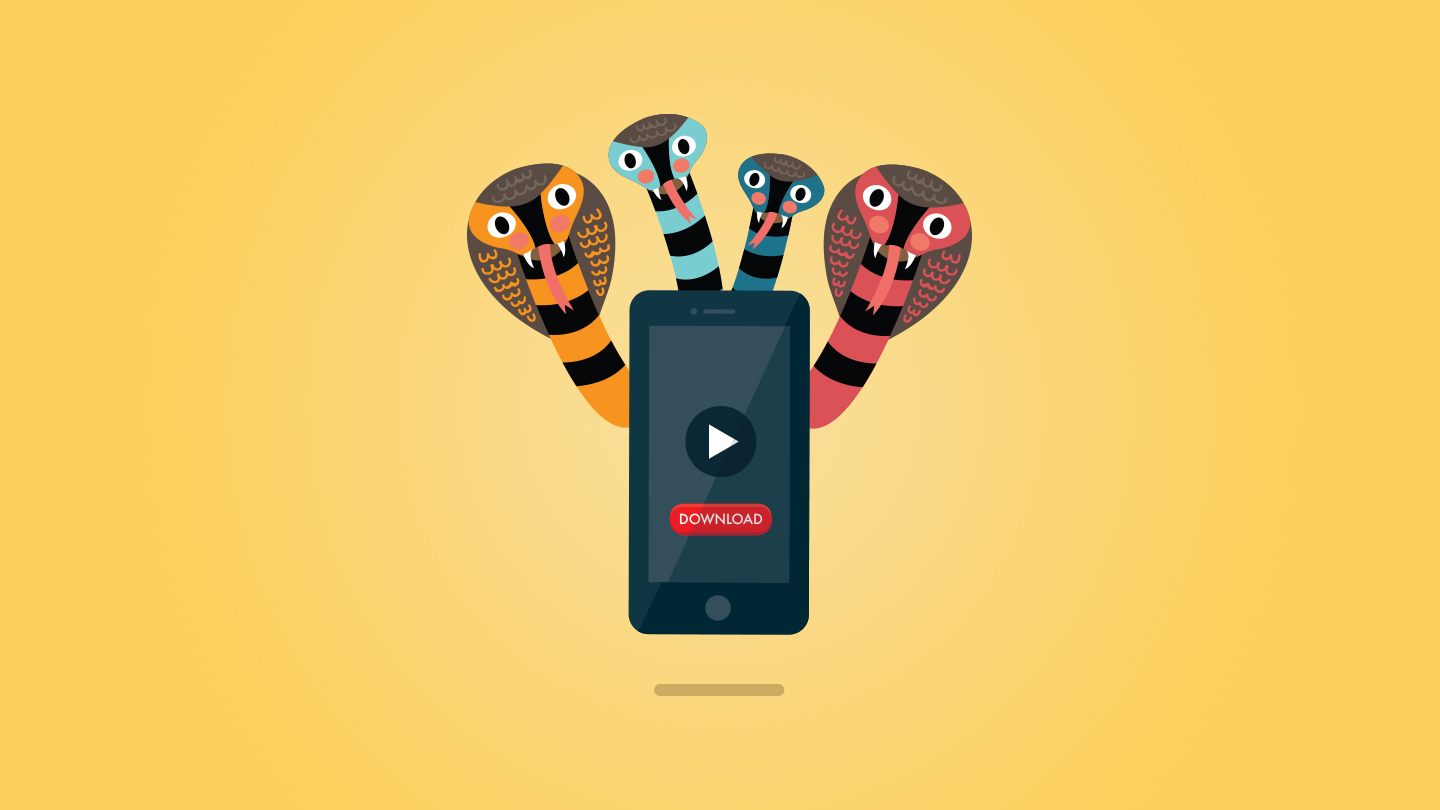Mobile App Growth, User Acquisition
App Cross Promotion: Keep your mobile games close and your competitors closer
Jun 14, 2017

Mobile App Growth, User Acquisition

Game developers typically cross-promote their games with in-app advertisements, and with good reason. It’s a great way to generate installs and incrementally increase addressable audiences for in-app purchases (IAP) and ads, all at little or no cost. There are several reasons why game developers should take full advantage of this tactic.
However, in some cases, even when developers take full advantage of cross-promotion and third-party ad monetization, they still restrict competitive advertisers. The reasoning goes: Why let a competitor advertise in my app? All that will do is mess with the experience, hurt retention and help the competition monetize. Maybe that’s true, maybe it’s not. Consider Amazon.
Amazon allows competitive ads in many locations, in-app and otherwise. Why? Because it makes more money that way. As Mat Bennett, an ad monetization specialist and Google Certified Publishing Partner wrote on Quora, “Amazon was famously once reported as having a 9.6% conversion rate. Even though that’s huge it means they’re only monetizing 1 visit in 10. Ads give them the chance to monetize every visit.”
So, as challenging as allowing competitive ads may seem to game developers, it’s an idea worth exploring.
The truth is, you don’t own your players. They’re free to come and go, download other games they like and spend their money as they wish. The average user will have multiple games of any genre on their device, so you may as well make money off that fundamental truth rather than lose out when they discover it elsewhere. But this stark reality hides a silver lining: there are lots of ways to benefit if and when your user decides to give competitors a try.
From a qualitative point of view, helping your user find another experience they enjoy builds engagement and loyalty to your brand. So, it behooves you to assist them in this regard, all the while deftly controlling the experience inside your own app. The quantitative argument is even clearer: by selling ad space to a competitor, you a) monetize inventory that may otherwise sit unused, and b) get the competition to fund your business. Still not convinced?
Think about the massive industry that has grown around grabbing search engine traffic by outbidding competitors for their own name, or keywords. In this case, the model is to bid high and take traffic that might turn into revenue. Allowing competitive ads (the inverse of this thinking) is way better because you’re getting paid every time the user clicks.
A few more points to ponder:
Game developers are rightfully protective of user experience. Why go to the trouble of crafting an awesome game just to allow user experience to be ruined by an unwanted or poorly crafted ad? The thing is though, if your competitor’s game reminds the user of yours, which they like, doesn’t that mean that interacting with it adds to their experience? Let’s say you have an engrossing first person shooter… how many similar games of at least comparable quality are out there? Do you believe your user doesn’t know these exist, or hasn’t already installed or played them? Given their demonstrated interest in your game, it seems likely that engaging users with similar content will at the least not irritate them, and at best will help you monetize by providing users with content they want.
Have a look at your advertising stats. How many ads have a 100% click-thru rate? Of course, the answer is zero. But if you’re getting paid on a CPM model, you still monetize with each exposure. If your competition is willing to pay you for the privilege of maybe getting a click-thru, consider taking their money. Some developers balk at the idea of competitive ads over worries about declining retention rates, or negative implications for ARPDAU. It’s rare that these concerns are worth worrying about. If you have good and clear game analytics, finding out is a snap and you can halt things immediately if you see an issue.
Game developers are very familiar with the concept of A/B testing. In the case of experimenting with competitive ads, the first variable is obvious: do you or don’t you? Beyond that, you’ll want to look at where in the game loop you offer competitive ads (in-store, between levels, on a heads-up display or HUD), the tentpoles an ad can be pegged to (holidays, in-game milestones, virtual currency sales), different ad formats (rewarded video, interstitials, and playables), and any other variables you can control and measure.
Like anything else in monetizing through ads, the key is to pay attention to the data and tweak things as you go. If you’re still reticent about allowing competitive ads in, start with limited exposure (e.g. only allow competitor ads to be viewable by new players and/or in a minor geographic market) and take it from there.
A blanket policy of boycotting competitive ads may not be wise. Your players have proven their loyalty by installing and playing your game, making purchases, etc. It seems counter-intuitive, but offering them competitive content and calls to action might just be one of the most cost-efficient ways you ever find to keep them happy and grow revenue.